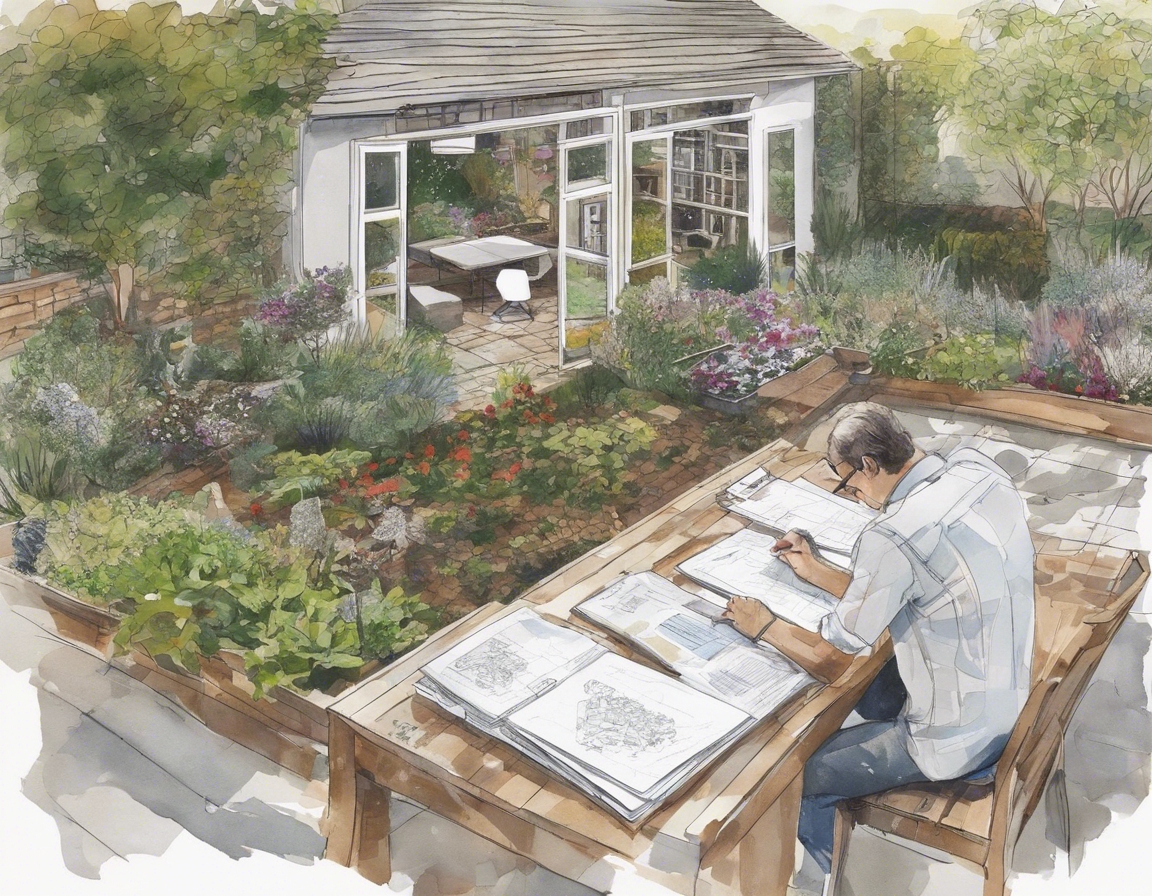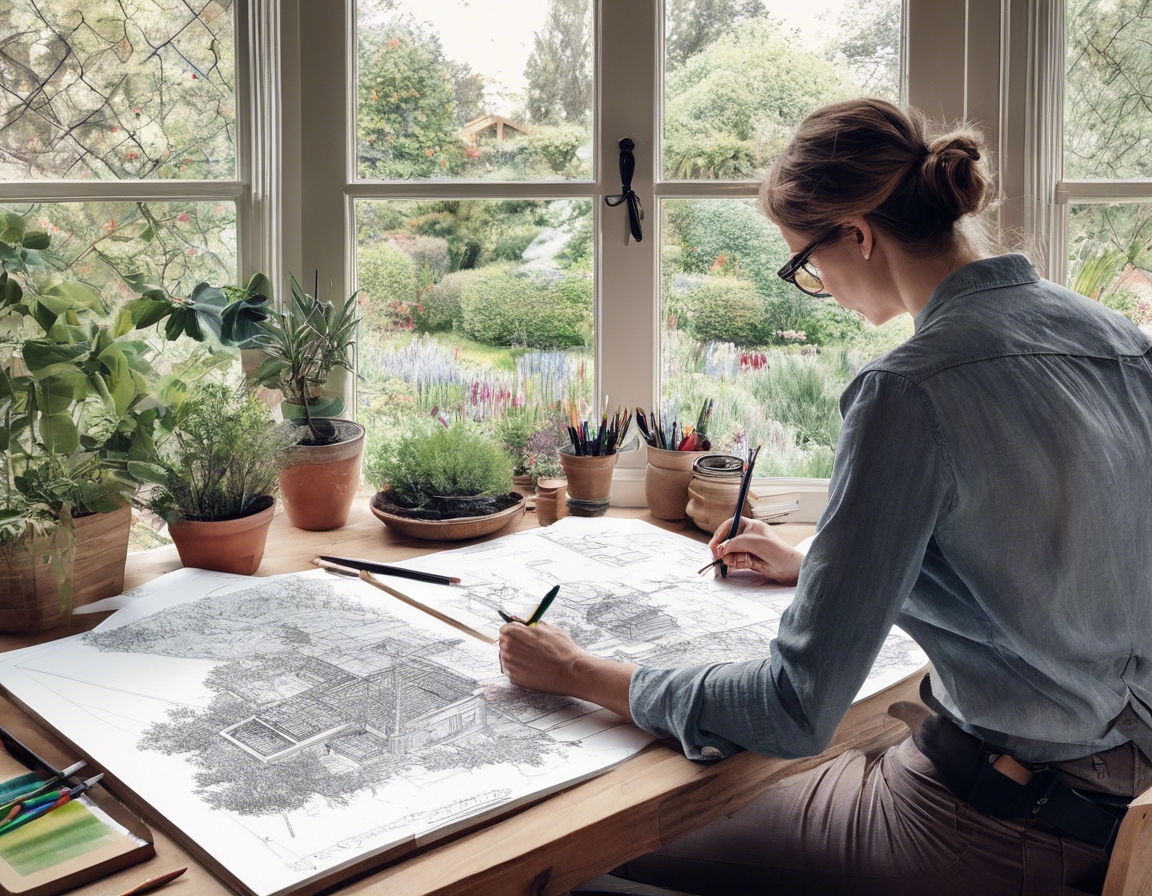The importance of site analysis in garden landscaping
Site analysis is a critical first step in the process of garden landscaping. It involves a comprehensive assessment of the physical characteristics of the land, the climate, and the ecosystem. The purpose of site analysis is to gather essential information that will inform the design process, ensuring that the landscape is both beautiful and functional.
Our primary target audience includes homeowners, real estate developers, and businesses seeking to enhance their outdoor spaces. They value aesthetics, sustainability, and are looking for expert guidance to create a garden that complements their lifestyle.
The Role of Site Analysis in Garden Landscaping
Understanding the topography and soil conditions of a site is vital for determining the feasibility of certain design elements. It affects drainage, plant selection, and the stability of structures.
Microclimates and sunlight patterns significantly influence plant health and placement. A thorough site analysis will identify these patterns, allowing for a landscape that thrives throughout the seasons.
Existing vegetation and wildlife are important considerations in garden landscaping. Preserving native species and creating habitats can enhance biodiversity and ecological value.
Accessibility and the creation of functional spaces are essential for a landscape's usability. Site analysis helps in planning pathways, seating areas, and other features that meet the needs of users.
Key Elements of a Thorough Site Analysis
A land survey provides precise measurements and boundaries, which are crucial for any design and construction work.
Climate and environmental factors such as wind, precipitation, and temperature play a significant role in the sustainability and resilience of a garden landscape.
Integrating the client's vision and needs into the site analysis ensures that the final design is tailored to their lifestyle and preferences.
Benefits of Site Analysis for Sustainable Landscaping
A well-analyzed site leads to a landscape that not only looks great but also adds value to the property.
Site analysis is the foundation for sustainable landscaping practices that protect and enhance the environment.
By considering all aspects of the site, a landscape can be designed for ease of maintenance and longevity, reducing future costs and efforts.






Comments (0)